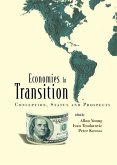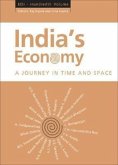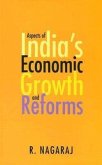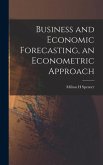This book provides a macroeconomic analysis of the Indian economy. It is a long-run study that spans the period from 1950-51 to 1992-93, encompassing the various turning points in India's economic policy and development strategies. The macroeconometric model used in the book integrates the monetary and real sectors of the economy. In order to provide theoretical underpinnings for the model, the book traces the development of macroeconomic theory including Keynesian, structuralist, and supply-side economics. The model explains the public sector's current and capital expenditures, rather than treating them as exogenous variables. A subrecursive system of prices is formulated in terms of unit cost based on the flow of factor income generated in the process of production, monetary variable, and agriculture supply factors. The model analyzes and evaluates policy changes in India, particularly since 1984. It is used to derive the appropriate mix of fiscal, monetary, and trade policies needed to generate significant economic growth in 1997-2000 in a non-inflationary environment. While fiscal and monetary discipline is vital in this regard, public-sector investment plays an important role in capital formation and economic growth.








